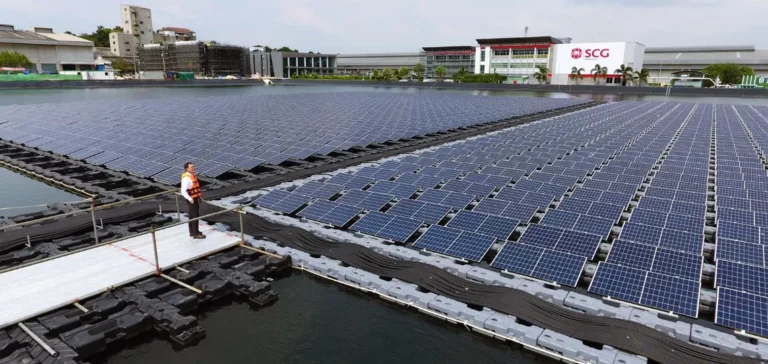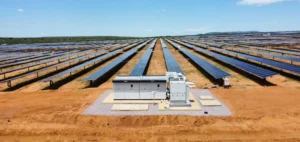An alternative development scenario for Thailand’s electricity sector forecasts $1.8 billion in savings between 2026 and 2037 if the country exceeds current solar and battery storage targets. The scenario, developed by an energy think tank, recommends a 89% increase in solar capacity and 60% more battery storage compared to the current revised Power Development Plan (RPDP).
A costlier path but with greater returns
The revised RPDP outlines 36 GW of solar and 10.5 GW of battery storage capacity by 2037. The optimised scenario proposes an additional 32 GW of solar and 6 GW/15 GWh of batteries beyond these targets, along with a reduction of 2 GW in new gas-fired capacity.
Savings would come mainly from an 11% reduction in natural gas consumption — equivalent to 1,815 billion cubic feet — and the avoidance of 2.4 million tonnes of coal. Despite a higher total fixed investment over the 2024–2037 period, estimated at $168 billion versus $153 billion in the RPDP, the alternative scenario would significantly cut fuel and operational costs.
Grid stability and energy security
The scenario ensures a reliability-adjusted reserve margin of 15% for Thailand’s power system through 2037. This margin is considered essential for maintaining grid stability in systems heavily reliant on variable renewable energy such as solar.
Thailand’s limited wind energy potential has led the model to prioritise solar and batteries. However, regional cooperation, such as hydropower imports from Lao PDR, could complement the energy mix, subject to careful review of social and environmental impacts.
Rising demand and shifting priorities
The scenario also anticipates rising electricity demand by 2037, driven by the expansion of data centres and the growth of electric vehicles. Power consumption from data centres could reach 10 TWh, while peak demand from EV charging is estimated at 3.3 GW.
This expected growth strengthens the case for an energy strategy focused on stable, low-cost domestic resources. Projected savings also include $0.8 billion in variable operation and maintenance costs, reinforcing the economic argument behind this alternative path.






















